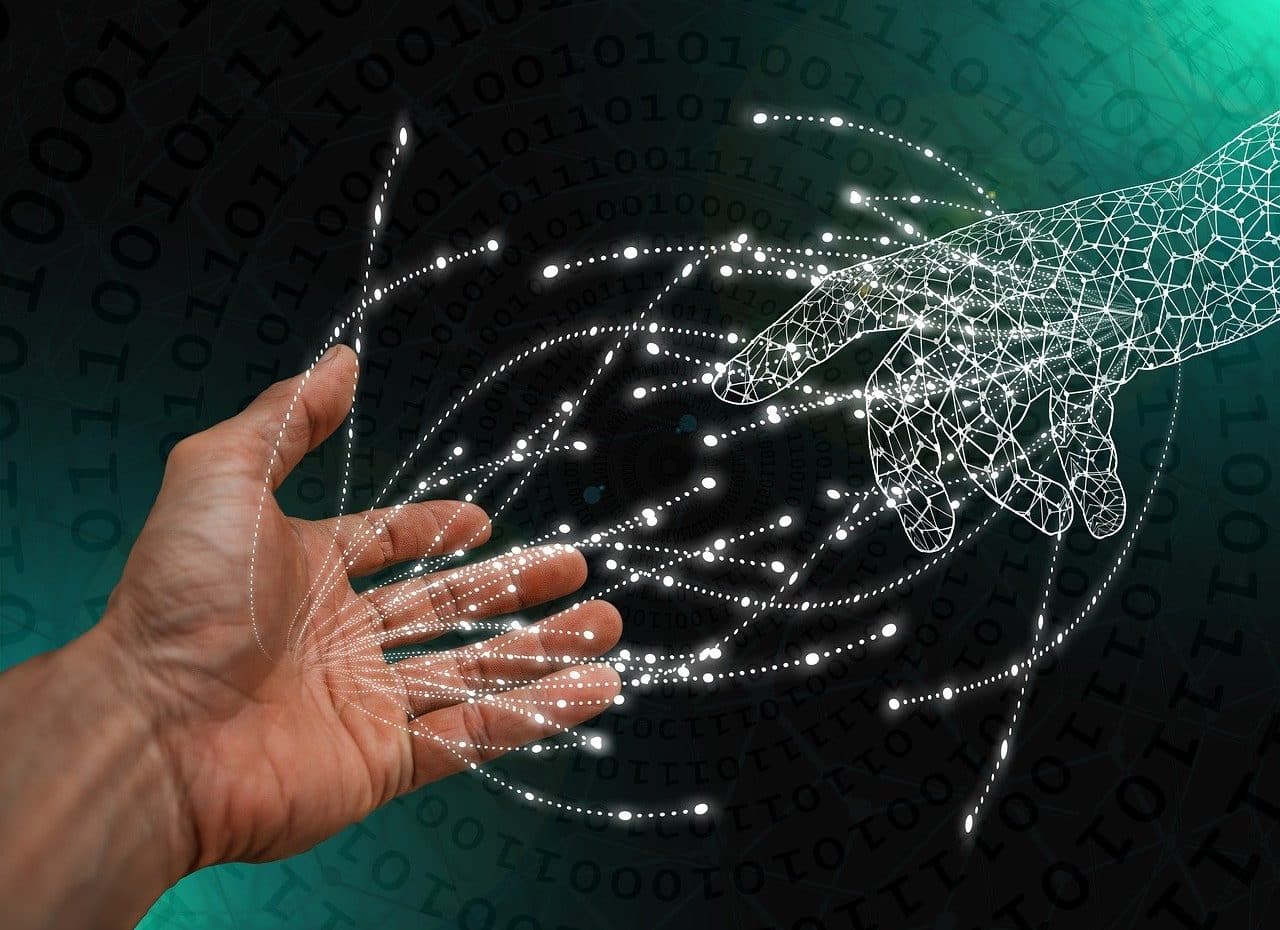
Digital transformation involves a commitment to innovation based on the adoption of information technology.
Digital transformation is the process carried out to adopt new technologies . The concept refers to the set of measures that are applied with this objective, reorienting the operation of a company or institution.
Before moving forward with the definition, it is important to indicate that a transformation is a modification or a conversion. The adjective digital , meanwhile, refers in this case to that which produces, displays, transfers or stores information through a combination of bits.
What is digital transformation
Digital transformation is a change that takes place in an organization when computer and technological resources begin to be used to optimize its management . The notion is linked to a comprehensive modification , which covers all areas of the entity, and not to the isolated incorporation of some new capabilities.
The way in which the digital transformation is reflected may vary. In some cases, the incorporation of technologies may imply the reformulation of the entire production, while in other companies the interactions with customers and suppliers, internal communications, the supply chain, etc. are modified.
For digital transformation to be possible, other steps must be completed first. It is essential, above all, to guarantee digital accessibility : that is, that the resources are available and within reach.
On the other hand, digital literacy is necessary for the transformation to take place and bear fruit. If the members of the organization do not know how to use the tools (and therefore lack digital skills ), the procedures in question cannot be modified.

Technological investments are necessary for digital transformation.
The most important tools
There are numerous tools and technologies that promote digitalization . Cloud computing , for example, is key as it allows the company to store data online and access it from anywhere.
Mobile devices , of course, are also relevant in a digital transformation because they enable communication and permanent connection and facilitate teleworking . Likewise, there is a wide variety of mobile applications that can provide solutions in different areas.
Drones , 3D printing and artificial intelligence are other resources increasingly used for the transformation of business processes. The use of virtual reality (VR) , augmented reality (AR) and robotics has also grown.
Machine learning , big data , blockchain and the Internet of Things (IOT) , are also often part of the restructuring of a technologically oriented company. Working on change management is essential to minimize inconveniences.

Telecommunications networks are part of the pillars of digital transformation.
Digital transformation in everyday life
The digital transformation can already be seen in everyday life. It is already common for a person to interact with chatbots or virtual assistants to ask questions and receive information, to mention a common situation.
Buying products via electronic commerce ( e-commerce ) is another daily action. Many individuals, in this framework, receive offers and promotions through e-mail marketing .
Many companies, on the other hand, manage their activities with ERP software . These programs integrate all corporate operations.
It is possible to mention social networks as part of the daily digital transformation. Users spend several hours a day connected to platforms such as Facebook , Instagram and Twitter , whether to inform themselves, work, entertain themselves or stay in touch with friends and family.
Video calls and virtual conferences and the consumption of digital entertainment (on platforms such as Netflix or Amazon Prime , for example) are part of the current routine of millions of men and women. Even health can be cared for remotely by consulting professionals thanks to telemedicine .
Challenges to overcome
Digital transformation, especially thought of on a large scale as a process of social change, must overcome various challenges. The main challenge is possibly the so-called digital divide , which refers to the inequality that exists in the access and/or use of technology between different social groups.
If a person does not have an Internet connection at home, they cannot use most of the tools we mention throughout this article. This leaves her in an unfavorable position compared to those who can connect at home.
Another difficulty that digital transformation must face is cybercrime . With millions of people permanently connected to the Web and using all types of electronic devices, the chances of a virtual crime being committed multiply.
Faced with this panorama, planning cybersecurity is a necessity. From an individual to a multinational company, through a digital enterprise, anyone who uses resources of this kind must have protection mechanisms such as antivirus and firewalls , in addition to taking measures to reduce the risks (such as not using the birthday date as password and do not open attachments that arrive in an email from an unknown sender).
The authorities, in this context, have to be in charge of regulating privacy and guaranteeing the digital rights of citizens. After all, the virtual world can be considered a reflection of society.
